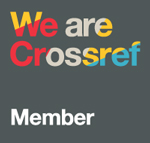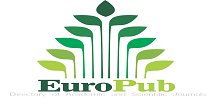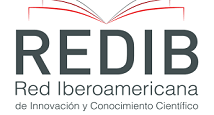Semiotic study of Quechua culturemas of the Ayacucho region
DOI:
https://doi.org/10.51440/unsch.revistaeducacion.2020.18.177Keywords:
culturemas, semiótica, quechuaAbstract
It is a qualitative study that is framed within cultural semiotics. Quechua linguistic culturems are constructions related to the historical, social, environmental, ethical, axiological, didactic and artistic peculiarities of Ayacucho, formerly called Huamanga, of the city and of the surrounding traditional neighborhoods, from 1940 to 1980. took into account the Andean and Western worldview, as systems of cultural interpretation. Likewise, Quechua linguistic cultures are living and constant elements that feed on popular wisdom, to remain in the collective memory, thus strengthening the cultural identity of the region.Downloads
References
Cavero, L. (1957). Monografía de la provincia de Huanta. Lima
Eco, U. (1994). La estructura ausente (introducción a la semiótica). Lumen.
Echevarria, A., & González, J. L. (1995). Psicología Social del prejuicio y del racismo. Ramón Areces.
Lotman, Y. (1996). La semiosfera I. Semiotica de la cultura y del texto. Cátedra.
Lotman, Y. (2005). La semiótica de la cultura en la Escuela semiótica de Tartu-Moscú. Entretextos.
Luque L. (2009). Los culturemas: ¿unidades lingüísticas, ideológicas o culturales? Language Design.
Molina, L (2006): El otoño del pingüino: análisis descriptivo de la traducción de los culturemas.
Navarro del Águila, V. (1942). Una muestra del Runa Simi del Chinchaisuyo. Waman Puma.
Revista Huamanga (1942) N° 49, 50. Imprenta González.
Downloads
Published
How to Cite
Issue
Section
License
Copyright (c) 2020 Pío Rodríguez Berrocal

This work is licensed under a Creative Commons Attribution-NonCommercial 4.0 International License.





















